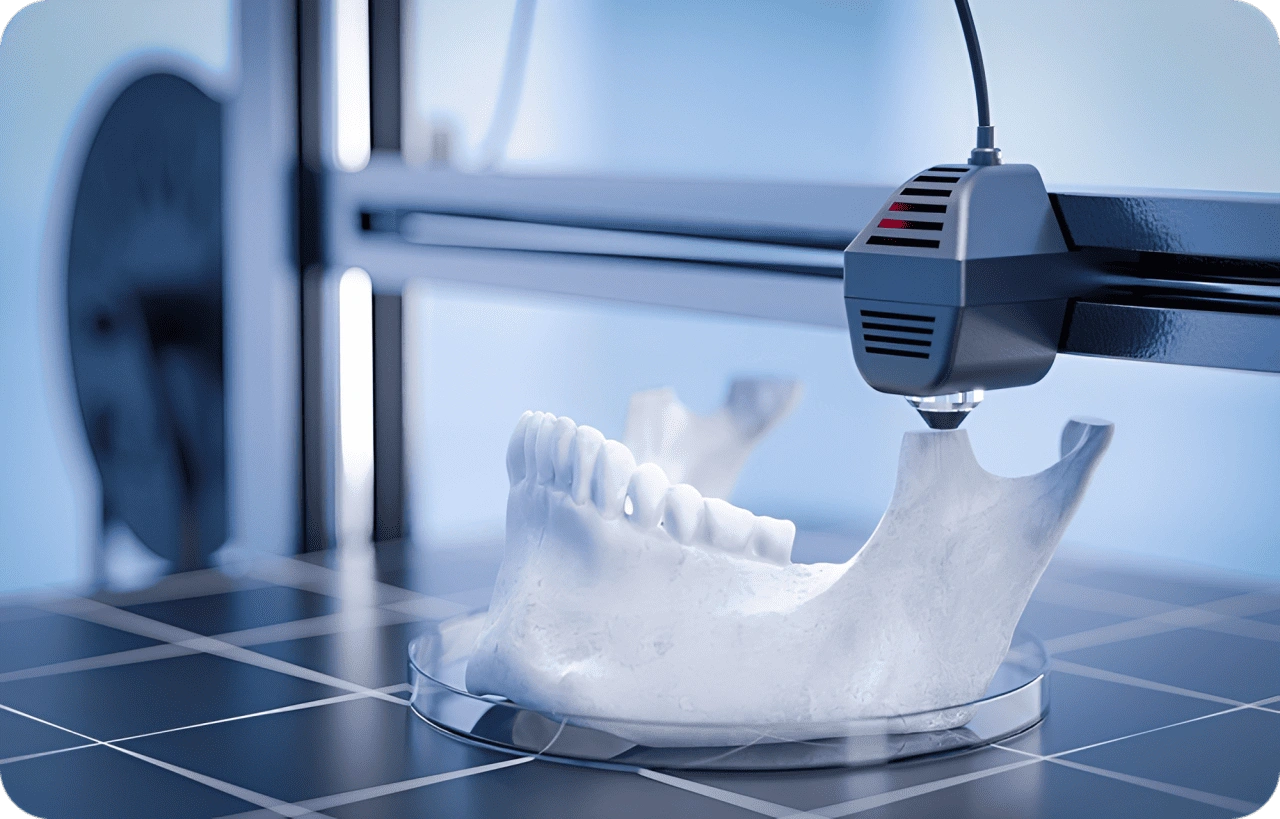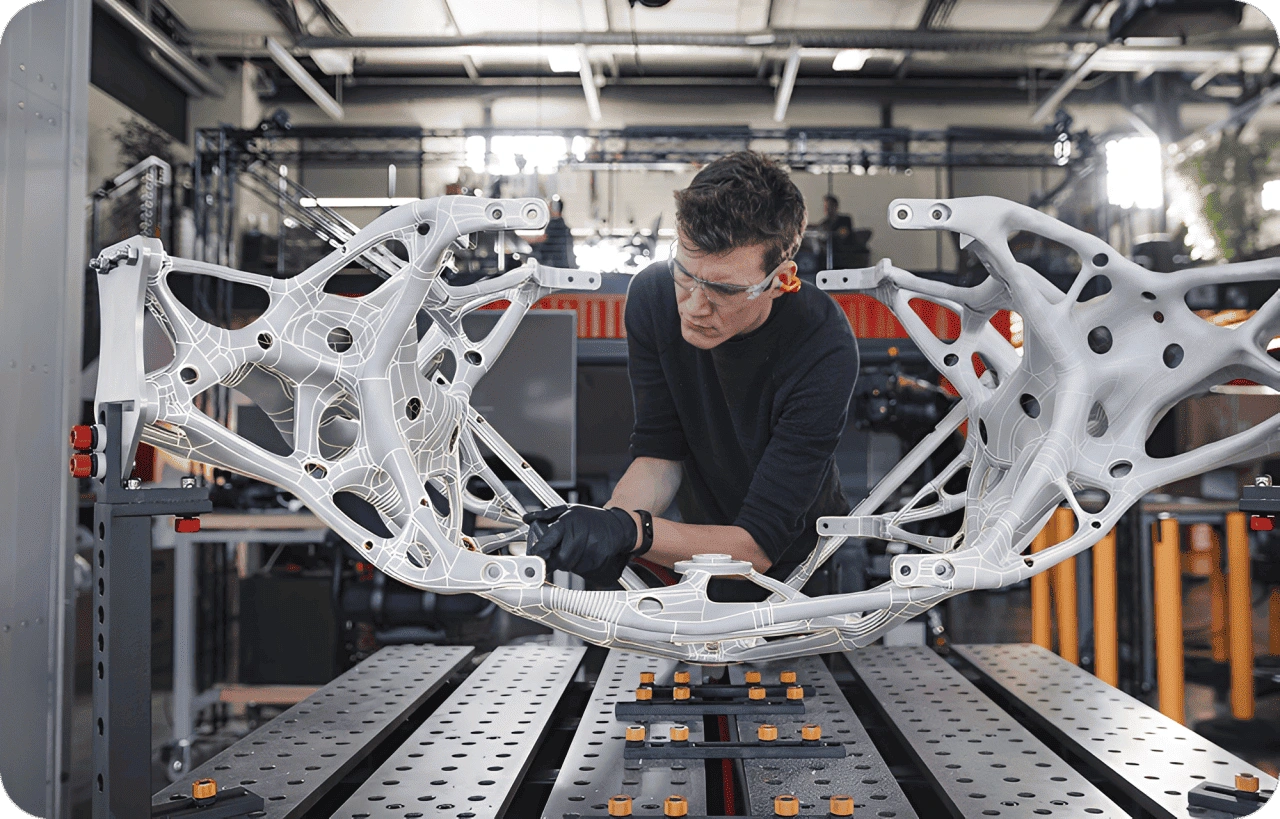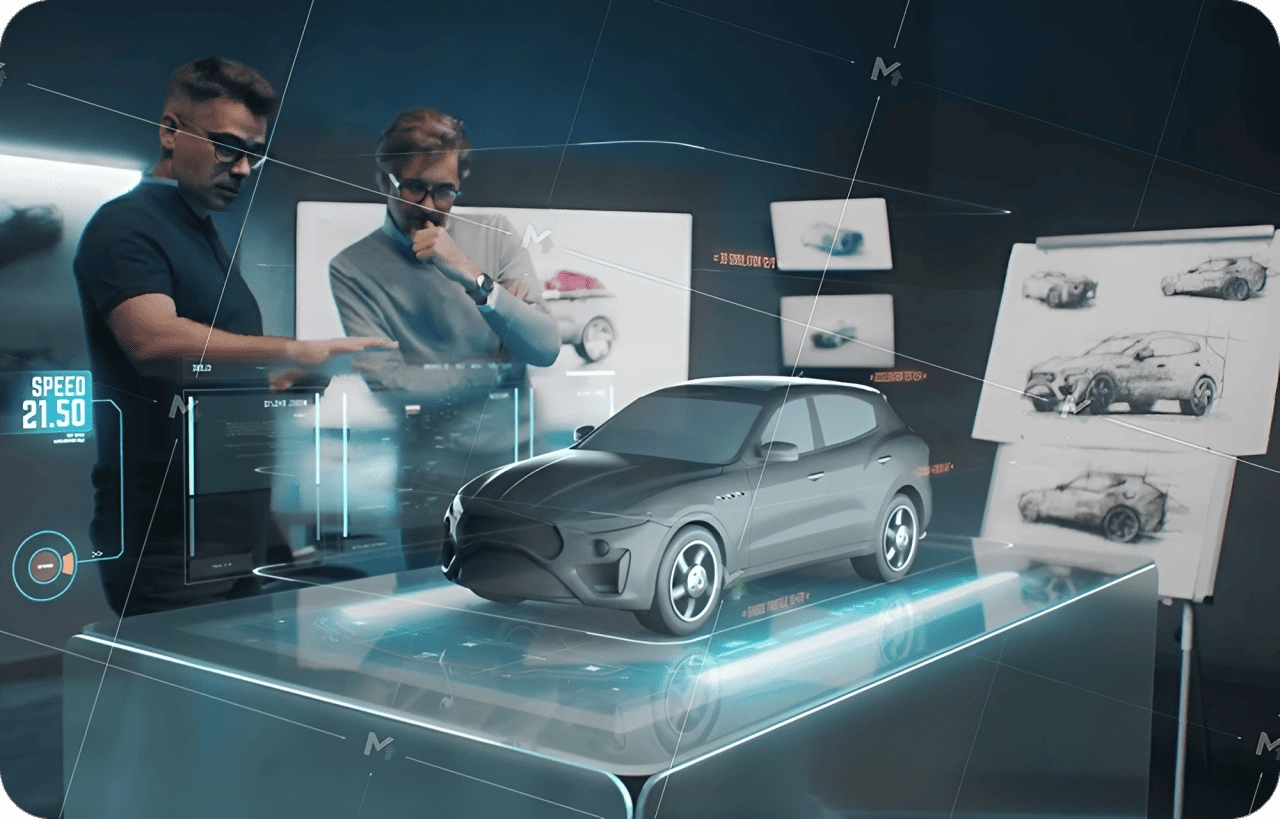In healthcare, precision matters most. With advanced 3D printing, surgeons can use custom implant, prosthetics, and surgical models tailored to each patient.
In the field of healthcare, precision is not just important—it is absolutely critical, as the success of a treatment or procedure often depends on how accurately medical solutions can be tailored to the unique needs of each patient. Traditional methods of producing implants, prosthetics, and surgical tools have always faced limitations in terms of customization, time, and cost. However, with the advent of advanced 3D printing technologies, the landscape of modern medicine has been transformed. Surgeons and medical specialists can now design and produce highly customized implants, patient-specific prosthetics, and even detailed anatomical models that replicate a patient’s unique physiology with remarkable accuracy.
By using medical imaging data such as CT or MRI scans, these technologies enable the creation of three-dimensional models that mirror the exact shape, size, and structure of a patient’s bone, organ, or tissue. For example, a custom implant can be printed to fit perfectly into a complex fracture, or a prosthetic limb can be designed to match the precise measurements and comfort requirements of the individual who will use it. Similarly, surgical teams can rely on patient-specific models to plan and rehearse complex procedures in advance, reducing the risk of complications during actual surgery and improving overall outcomes.
Beyond personalization, 3D printing also speeds up the process of delivering critical medical solutions. Instead of waiting weeks or months for traditional manufacturing, customized medical devices can be produced rapidly, allowing patients to receive care sooner. This not only enhances patient recovery times but also reduces the overall burden on healthcare systems. Furthermore, because 3D printing builds parts layer by layer, it minimizes material waste and can make advanced healthcare solutions more cost-effective and accessible.
Ultimately, the integration of 3D printing into healthcare represents a groundbreaking shift from standardized, one-size-fits-all devices to truly patient-centered solutions. By enabling unprecedented levels of customization, improving surgical precision, and reducing turnaround times, this technology is empowering medical professionals to deliver safer, more effective, and more personalized treatments that improve the quality of life for patients worldwide.



